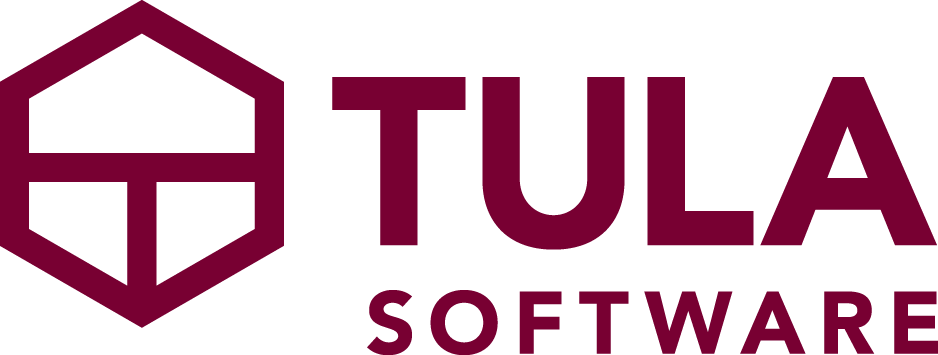The externalities are not accounted for
Classpass operates under the illusion that you can get something for free, which of course you cannot. Their promise is that they simply help you sell your "available inventory" that goes unused. The problem with this is that if you're a regular and there are 15 people in class, you do in fact have a different experience than if there are 25 people in class and 10 of them have never done yoga before. So in reality that "inventory" is being used. It's being used by the full paying customer by way of a more comfortable experience in the studio, and more attention from the instructor. So what happens is your customers that pay full price end up paying yet another price by way of a degraded experience while in the studio.
Customers that pay full price feel like they're getting a bad deal
People aren't stupid, and they know when studios decide to participate in something like Classpass, and then they wonder why they're paying full price. The regulars at Tula Yoga Studio are too important to have them start to question if they're being taken advantage of.
Tula Yoga Studio's brand would be negatively impacted
Branding is a real thing, and Maile has built a studio with a brand reputation that shuns discounted yoga. By taking this approach, where she has discounts less than once a year, doesn't participate in daily deal sites, and provides discounted yoga by way of her own memberships, she's proclaimed that Tula Yoga Studio is special, and that the way to get discounts with her studio is by joining as a member for $99 per month. By participating in Classpass, she would be undoing years of brand building. I look at the stretch of studios down Milwaukee ave. that participate with Classpass and wonder if the students differentiate the studios from one another.
Tula Yoga Studio doesn't need Classpass to sell $7 yoga
If Maile wanted her studio to start logging more attendances, offering $7 yoga for the occasional class is something she could easily do on her own without the Classpass network. Basic economic law dictates that as you lower the price for something, demand will increase. Should Maile decide that she needed to generate more demand, should could sell a couple hundred ten packs for $70 and call it a day. She doesn't need Classpass, at all, to sell yoga for $7 per attendance.
Negative Impact on Cashflow
Because Classpass collects the fees from their members, and then they pay the studio once per month for the attendances, studios are providing the service and likely paying instructors out on these classes, prior to the cash from Classpass coming in. Compare this with a $70 ten pack that Maile could do on her own, where she would collect all the money up front and the services would be provided in the future, and you see that not only is Classpass offering discounted yoga, but they're injecting themselves into the middle of the cashflow stream, further devaluing their offering.
Material impact causes negative impact, and immaterial impact is pointless
In order for it to be worthwhile, Classpass would need to have a material impact on the overall revenue at Tula Yoga Studio, which right now ranges from $20k to $25k per month -depending on the month. To increase revenue by 10% Maile would need to add about $2,000 to $2,500 worth of classpass attendances every month. At $7 each that's roughly 350 attendances. The problem is that at those numbers Classpass members would account for 20% of student attendances, while only providing 10% of the revenue, and that's IF there's no decrease in current revenue as a result of joining classpass. Add in the additional costs around instructor incentive pay and suddenly the net impact is $1,000 per month, maybe.
But you can absolutely count on the fact that if one out of every five attendances comes from the Classpass network, it would change the feel, energy and vibe of the studio. And for what? For an extra $1,000 in profit? That seems like a terrible deal for her most loyal students.
Summary
I could go on with a few more things ranging from the commitment terms, the exclusivity agreement and other details that we don't think are that great for studios. But what all this really highlights for Maile and I as it relates to her studio, is that joining Classpass makes her studio more like every other studio in Chicago. It makes it harder to differentiate herself and it doesn't help her achieve the ongoing objective of being the best studio in Logan Square.
Ironically, the simple act of not joining Classpass while other studios adopt the platform actually makes it easier to show how Tula is special.
What Classpass does show however, is that there is a very real demand for access to fitness studios of all kinds, and that with the right marketing targeting the right people, a fitness business can not just survive, but thrive.
Continuing to do a good job marketing, providing quality instruction, staying focused on her core customer, and providing a wonderful experience for her loyal members: these are the things that she believes will continue to allow her to grow her business.
Offering half off yoga to a group of people that fall outside of her target demographic? Not so much.
Share your experience
We don't necessarily believe Classpass is bad for all studios, and we're trying to learn more about the impact Classpass has had on yoga studios in particular. We'll be interviewing a few people for our podcast next week as well.
If you've used Classpass, or use them currently, let us know what your experience has been like, we'd love to know how it's gone for you!





